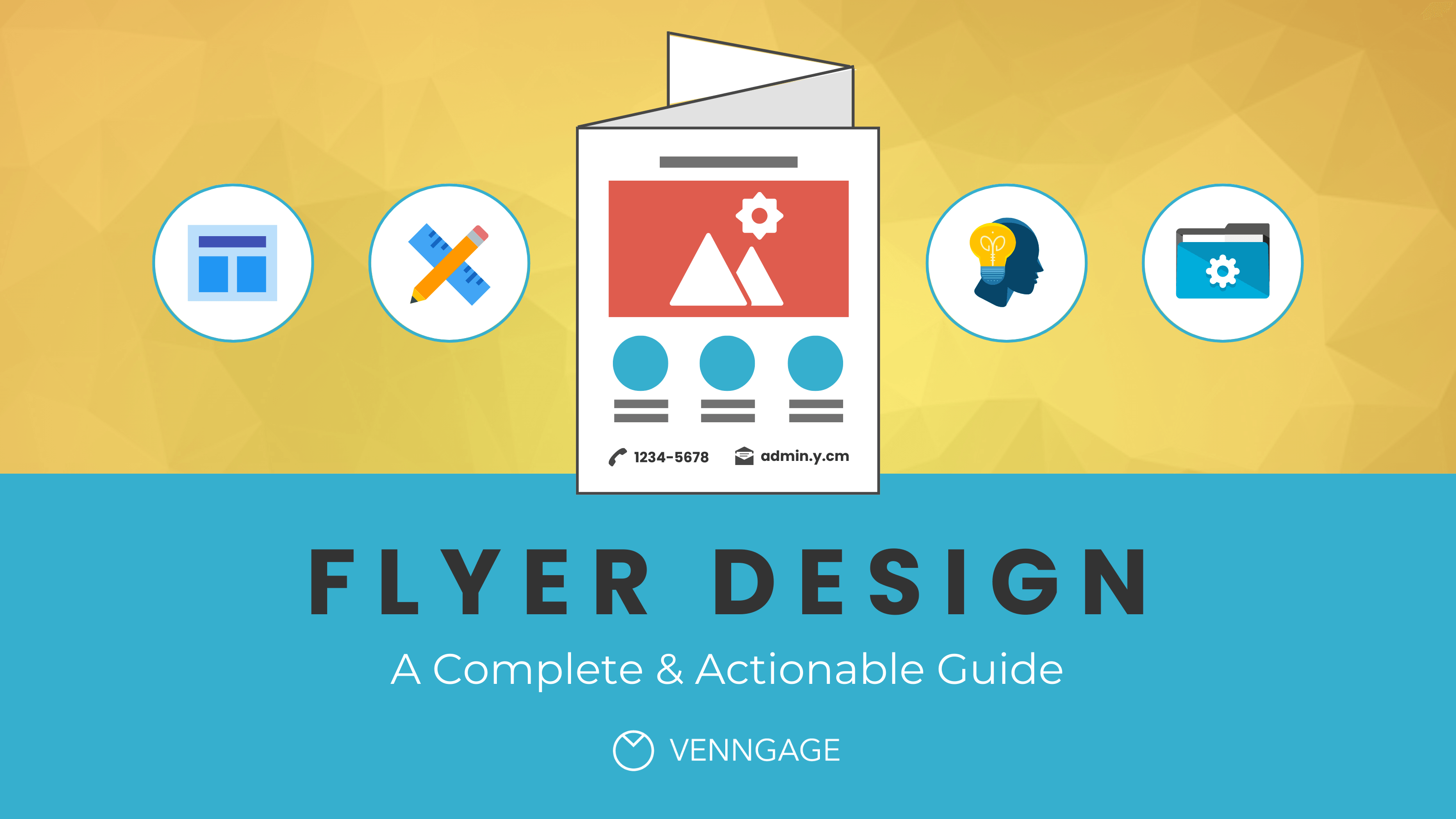In the realm of marketing and communication, flyers remain a powerful tool for capturing attention and conveying information. Among the diverse array of flyer templates available, blue flyer templates stand out for their calming and professional aesthetic. This comprehensive guide delves into the world of Flyer Template Blue, exploring its design elements, structure, image selection, and call-to-action strategies to empower you with the knowledge to create impactful and effective flyers.
Blue, a color often associated with trust, stability, and clarity, plays a pivotal role in flyer design. Its versatility allows it to complement various industries and purposes, from corporate events to educational campaigns. This guide will provide insights into the psychology of blue in design and how it can enhance the effectiveness of your flyers.
Design Elements
When it comes to flyer design, color plays a crucial role in capturing attention and conveying the intended message. Among the myriad of hues, blue stands out as a versatile and impactful choice.
In the realm of color psychology, blue evokes a sense of trust, tranquility, and dependability. It is often associated with stability, security, and clarity of thought. These qualities make blue an ideal choice for flyers promoting products or services related to finance, healthcare, or education.
Examples of Blue in Flyer Templates
- A flyer for a financial planning firm might feature a deep navy blue background with white typography, conveying a sense of professionalism and reliability.
- A flyer for a meditation retreat could utilize a soft, calming shade of baby blue to create a serene and inviting atmosphere.
- A flyer for a university open day might incorporate a bright, royal blue to convey a sense of academic excellence and prestige.
Impact of Font Choice and Typography
Beyond color, the choice of font and typography can significantly influence the effectiveness of a flyer template. Sans-serif fonts, with their clean and modern lines, are often preferred for flyers due to their readability, even at smaller sizes.
Serif fonts, on the other hand, add a touch of elegance and sophistication, making them suitable for flyers targeting a more traditional audience. The size, weight, and spacing of the text should also be carefully considered to ensure optimal legibility and visual impact.
Template Structure and Layout

Innit, a well-structured flyer template is the foundation for a banging design that’ll grab people’s attention. Let’s check out the layout options and how to make the most of them.
White space and negative space, fam, are your mates when it comes to flyer design. They give your content room to breathe and make it easier to read. Don’t be afraid to leave some space around your text and images.
Organizing Content
Keeping your flyer organized is key. Use headings and subheadings to break up your content and make it easy to skim. And don’t forget to use bullet points or lists to make your points stand out.
Image Selection and Placement

Images are crucial for grabbing attention and delivering information quickly. Choosing high-quality images that align with the flyer’s message is essential. Images should complement the text, enhancing its impact and making the flyer more visually appealing.
Consider the following when selecting images:
- Relevance: Images should be directly related to the flyer’s topic or message.
- Quality: Use high-resolution images that are sharp and clear, avoiding pixelated or blurry ones.
- Size: Images should be appropriately sized to fit the flyer’s layout, ensuring they don’t overwhelm the text.
Image Placement
Effective image placement enhances the flyer’s visual flow and impact. Consider these guidelines:
- Balance: Distribute images evenly throughout the flyer, creating a harmonious visual effect.
- Proximity: Place images close to the related text, ensuring a clear connection between the visual and textual elements.
- Focal Point: Use a larger or more prominent image as the focal point, drawing the viewer’s attention to the most important information.
Call-to-Action and Contact Information
The call-to-action (CTA) is like the ‘click here’ button of your flyer. It tells the reader what you want them to do next, whether it’s visiting your website, calling your number, or following you on social media. Make sure it’s clear, concise, and easy to find.
Your contact information is just as important. People need to know how to get in touch with you if they have any questions or want to learn more. Include your phone number, email address, website, and social media links prominently on your flyer.
Effective Call-to-Action Designs
- Use strong action verbs like “Order Now” or “Sign Up Today.”
- Make your CTA button stand out with a bright color or contrasting design.
- Keep your CTA concise and to the point.
- Place your CTA in a prominent location on your flyer, such as the top or bottom.
Contact Information Placement
- Include your contact information in the header or footer of your flyer.
- Use a contrasting color or font to make your contact information stand out.
- Make sure your contact information is easy to read and understand.
FAQ Section
What are the benefits of using a blue flyer template?
Blue flyer templates offer several benefits, including a calming and professional aesthetic, versatility across various industries and purposes, and the ability to convey trust, stability, and clarity.
How can I choose the right blue flyer template for my needs?
Consider the purpose of your flyer, your target audience, and the overall tone you want to convey. Explore various blue flyer templates and select the one that best aligns with your requirements.
What are some tips for designing an effective blue flyer?
Use high-quality images that complement your message, incorporate white space to enhance readability, and ensure your call-to-action is clear and prominent.
